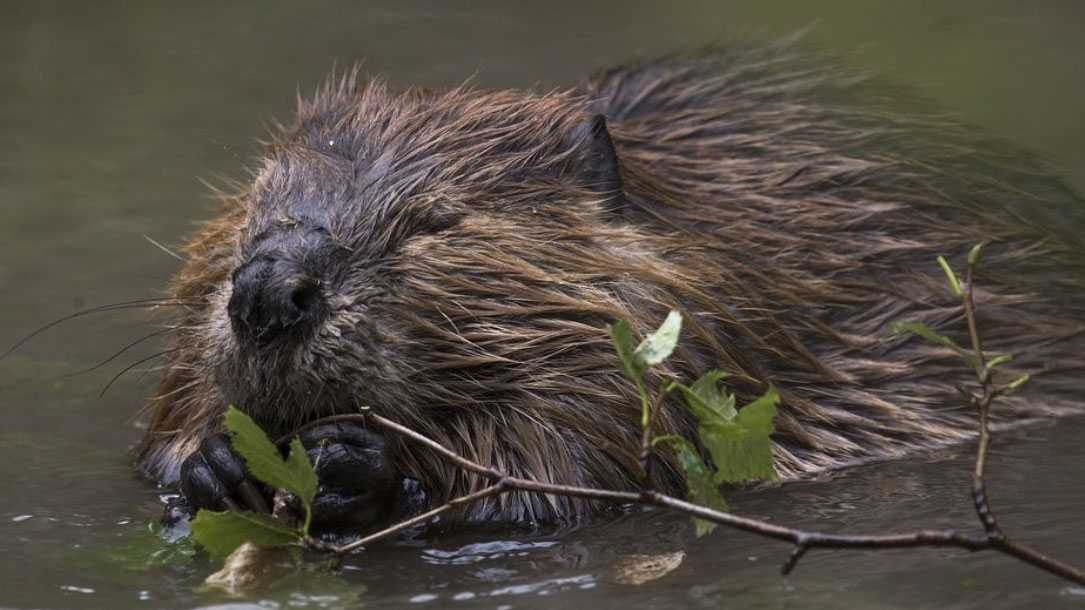
Using remote sensing to assess the impact of beaver damming on riparian evapotranspiration in an arid landscape
Beaver pools allow sediments and waterborne pollutants such as nitrogen and heavy metals to filter downward, preventing their transport downstream. A 2015 study from the University of Rhode Island found that beaver ponds can help remove up to 45 percent of nitrogen from streams. Researchers in Maryland are now enlisting beavers to reduce pollutants entering the Chesapeake Bay.
The research indicates that riparian areas with beaver damming in arid landscapes are better able to maintain vegetation productivity than areas without beaver damming during both short and extended periods of drought…

Wildlife collapse from climate change is predicted to hit suddenly and sooner
“It’s not that it happens in some places,” said Cory Merow, an ecologist at the University of Connecticut and one of the study’s authors. “No matter how you slice the analysis, it always seems to happen.”
If greenhouse gas emissions remain on current trajectories, the research showed that abrupt collapses in tropical oceans could begin in the next decade [emphasis added]. Coral bleaching events over the last several years suggest that these losses have already started, the scientists said. Collapse in tropical forests, home to some of the most diverse ecosystems on Earth, could follow by the 2040s…
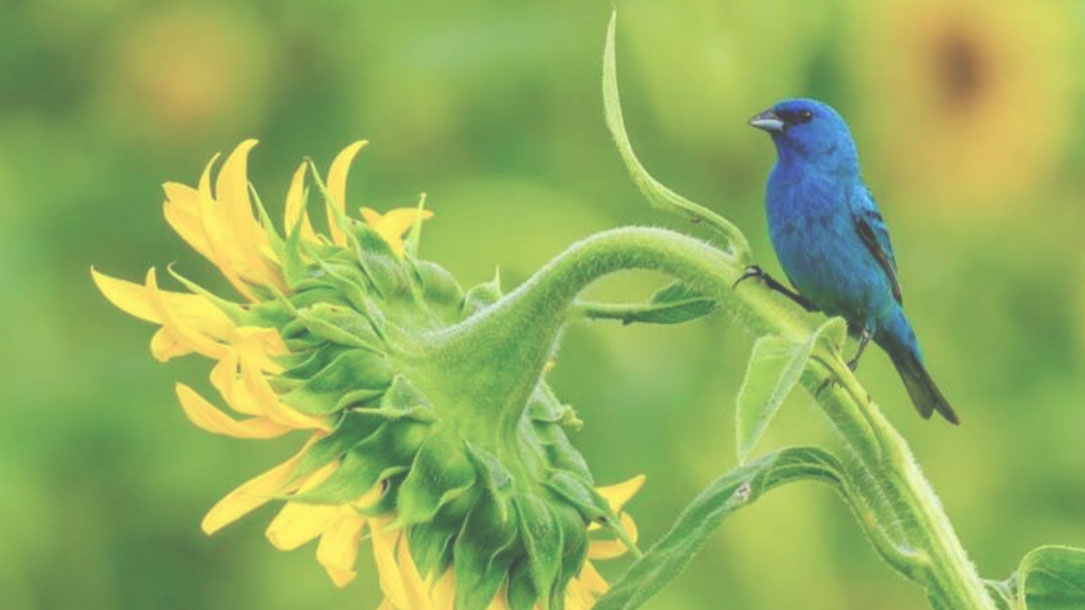
Warming climate is changing where birds breed: Study
[Clark] Rushing explained, “There’s a real risk that, if these declines continue at their current pace, many species could face extinction within this century. Neotropical migrants are vulnerable to future climate change, putting them at risk of greater declines.”
Neotropical migrants already fly thousands of miles each year to breed, so why can’t they go just a bit farther as the climate warms?

Wildlife collapse from climate change is predicted to hit suddenly and sooner
“It’s not that it happens in some places,” said Cory Merow, an ecologist at the University of Connecticut and one of the study’s authors. “No matter how you slice the analysis, it always seems to happen.”
If greenhouse gas emissions remain on current trajectories, the research showed that abrupt collapses in tropical oceans could begin in the next decade [emphasis added]. Coral bleaching events over the last several years suggest that these losses have already started, the scientists said. Collapse in tropical forests, home to some of the most diverse ecosystems on Earth, could follow by the 2040s…

Wind energy & wildlife: Site it right
Site Wind Right is The Nature Conservancy’s approach to promoting smart, renewable wind energy in the right places—areas that are low impact for conservation, including already developed lands. The strategy has several components:
- Promoting policies and incentives for low-impact renewable energy deployment
- Advancing the science of low-impact siting
- Providing the wind industry and public with information to support low-impact siting
- Pursuing opportunities to work with the renewable energy sector to advance good siting practices
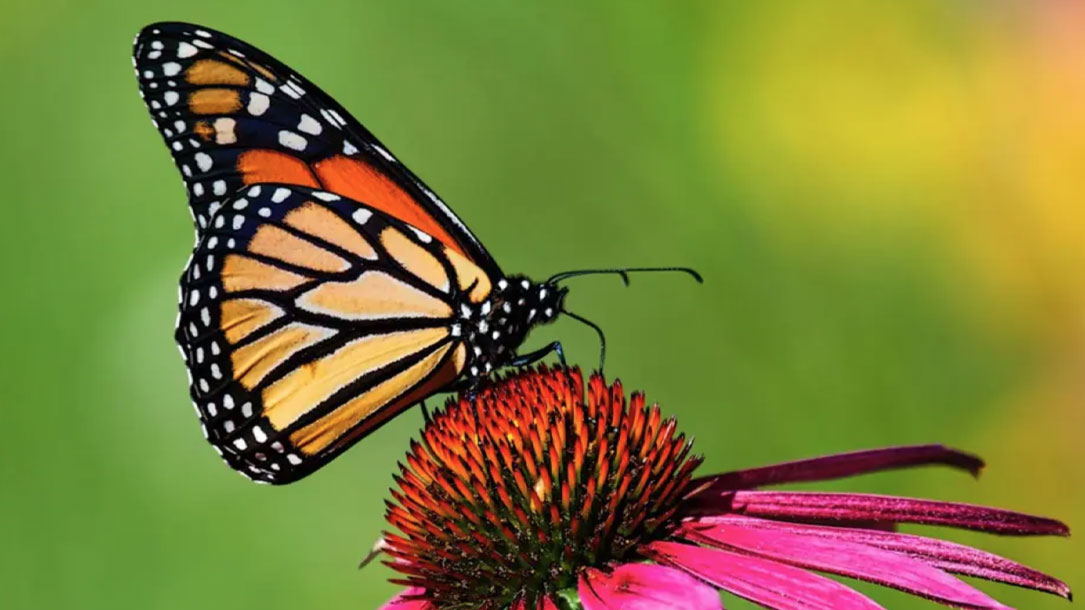
Climate change threatens the beautiful and beloved monarch butterfly
The butterflies are among the world’s experts in climate adaptation. They spend their summers in the northern United States and Canada; they breed in the southern United States during the fall and spring; and most spend their winters in central Mexico, in a few giant clusters.
Their life cycles are driven by a search for optimal conditions: temperatures ideally between 12°C and 22°C when they migrate, some rain during their winters and plenty of milkweed when they mate. The criteria are narrow—and dependent on relatively consistent weather patterns…
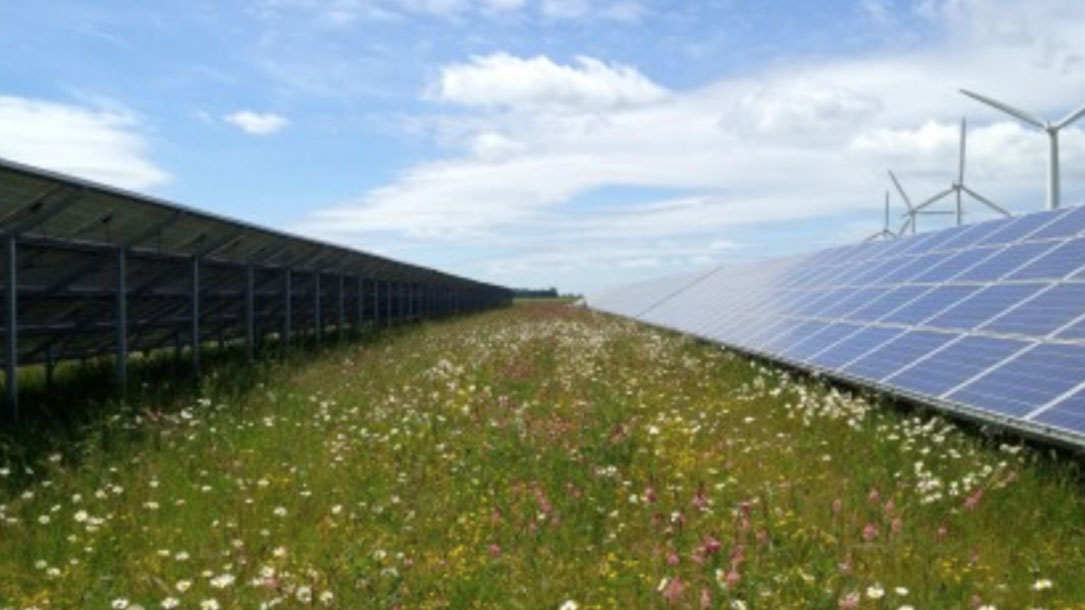
A Practitioner’s Guide to Pollinator-Friendly Solar Development
This toolkit provides background on pollinator-friendly solar and its advantages, and tips, resources, and important considerations to kick-start the integration of pollinator habitat into a solar development portfolio.
In addition to the diverse environmental benefits that pollinator-friendly solar projects can produce, there are an array of private benefits for solar developers to reap from planting perennial vegetation under their solar panels.
The guide offers a set of best practices for understanding local context, building support for a project, designing a site, financing, and development…
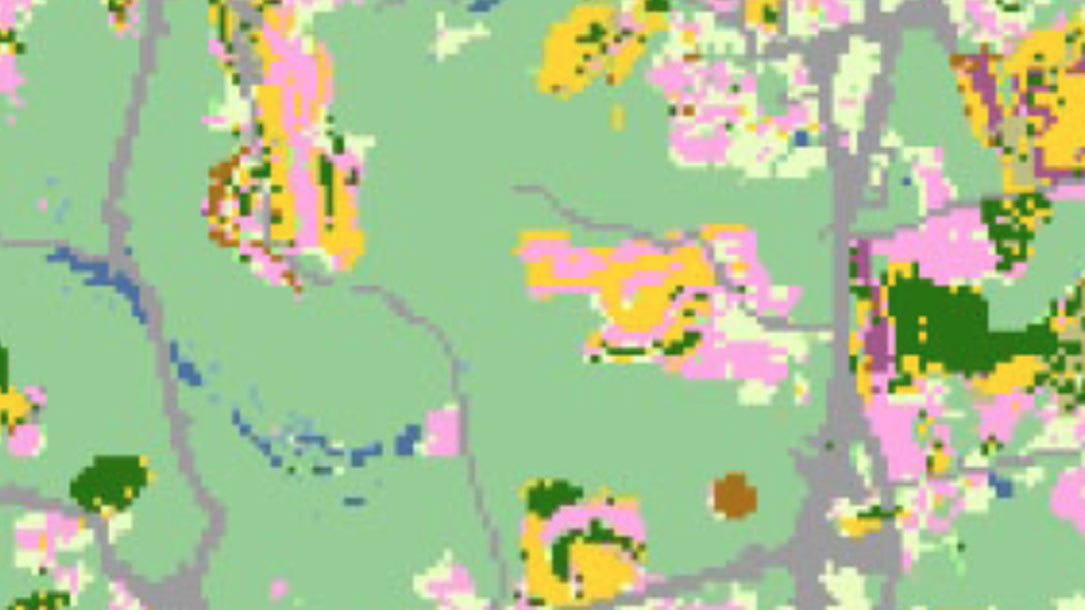
Get a bee’s eye view of your landscape
Managed honey bees and wild bees travel long distances from their nests to find food and water. What are your bees experiencing during their journey? This tool will help you understand how the landscape surrounding your apiary, garden, or farm stacks up in terms of floral resources bees can find, the insecticides they encounter, and for wild bees, the nesting sites that are available.
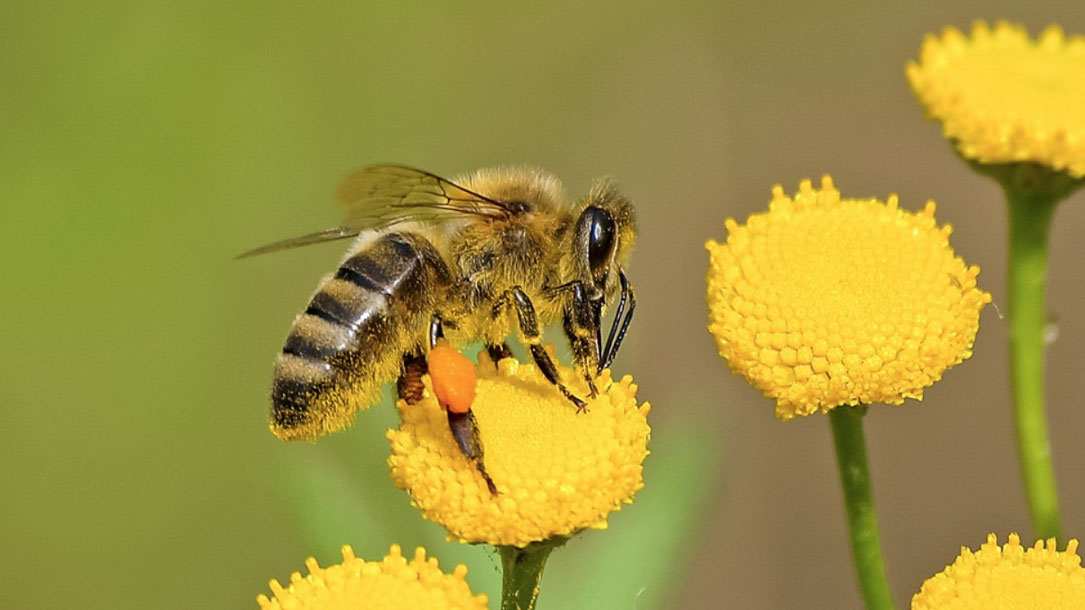
Introducing Beescape: A new online tool and community to support bees
A new online tool and community, called Beescape, enables beekeepers, or anyone interested in bees, to understand the specific stressors to which the bees in their managed hives, home gardens, or farms are exposed, according to researchers at Penn State…
“With data provided by beekeepers from agricultural, rural, and urban landscapes across multiple states, we will be able to develop high-quality predictive models that will be included in the website in the future,” said Melanie Kammerer Allen, graduate student in ecology at Penn State, who is involved in the project.

‘Mass extinction’ of bumblebees across Europe and North America result of climate crisis
When scientist Peter Soroye first saw the figures showing estimated bumblebee populations in North America had fallen by nearly 50% in a single generation, he thought it must be a typo.
He checked the numbers—the result of a long-term analysis of bumblebee populations published in the journal Science on Thursday—seven times to be sure they were accurate…












